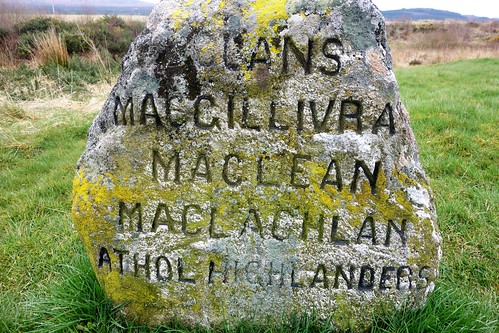Connect with Scottish Ancestry
Clan Macnab burial ground at Killin
Background
information on Scotland and its people.
The Scots
are, essentially, a mix of five core groups of people: the Picts (original
iron-age inhabitants), the Scots (who migrated from Northern Ireland), the
Britons (native people in the S.W. of Scotland), Norse (from Scandinavia) who
dominated the North and West and the Angles who invaded from Europe in the 5th
century AD. The first three named groups had an affinity in that they were of
Celtic origin. From around the 9th century the country was subject to hostile
attacks from Norwegian Vikings who subsequently settled and left their mark in
place names, particularly in the West of Scotland. Orkney and Shetland were
ceded by Norway to Scotland in 1472.
The
Highlands Clan system started to develop around the 12th century and has
provided us with a legacy of names recognised the world over which include
Armstrong, Bruce, Cameron, Campbell, Clanranald, Colquhoun, Davidson, Douglas,
Drummond, Farquharson, Forbes, Gordon, Grant, Gunn, Lamont, Lovat, MacBean, MacFarlane, MacDonell, MacDonald, Mackay, MacGillivray, MacGregor,
Mackinnon, MacDougall, Mackenzie, Mackintosh, Maclean, Macleod, Macmillan,
MacNab, MacPherson, Macrae, Menzies, Murray, Robertson, Scott, Stewart and
Sutherland. However, there are some 16,000 Scottish surnames of which fewer
than 3,000 originate from the Highlands. The majority of Scots have always
lived in the Lowlands.
Many of
the clans have societies with dedicated websites. Some clans arrange reunions
at regular intervals.
Burial place of fallen members of various clans at Culloden Battlefield, Inverness.
Tracing
Scottish Family History
There are
many and varied information sources, including:
- Census Returns
- Old Parish Records
- International Genealogical Index
- Local Newspapers
- Records of local societies.
- Poor Law Records
- Trade Directories ( Post Office Directories)
- Trade Societies Records
- Poll Tax Rolls 1695 and Hearth Tax Records 1691
- Sasines from 1781-1947 (transfer of property ownership).
- Confirmations and Inventories (wills).
- Valuation Rolls
- Official records of former burghs and councils.
- Maps
- Local Archives
- Registration Offices (births, deaths and marriages).
- General Register Office for Scotland
- Burial grounds records
- Local family history societies
- Scotland’s People-official Scottish Government source of genealogical data.
- Professional genealogists (ancestry researchers), e.g. The Association of Scottish Genealogists and Researchers in Archives (ASGRA)
Author’s
tip: If wishing to connect with Scottish ancestry then work with a Scottish
based genealogist and establish contact with same 6-12 months prior to actual
visit. It is best to have some ‘hard’ information on which research can be
based, e.g. dates of ancestor’s birth, marriage, death, emigration date,
address in Scotland, occupation, etc.



Comments
Post a Comment